There’s been a lot of talk about chickens and eggs lately.
Recently, many homesteaders have been raising concerns over their chickens giving them less eggs and wondering if there is a connection between their egg shortages and potential nutrition issues with their commercial chicken feed.
I have mentioned a few times on my blog (like here) and also on my newest podcast episode that I prefer taking a balanced approach to most issues in life. For me, this looks like constantly questioning the mainstream narrative but ALSO questioning information that comes from within the homesteading world. Because quite frankly? There’s a lot of bad/sensational information floating around at the moment.
I don’t want to trade blindly following one narrative for blindly following another.
Our food supply might be shaky and there very likely are people in power who don’t want us to be self-sufficient, but our backyard chickens might also just be decreasing production for other natural reasons.
Two things can be true at once.
Chickens are an integral part of many working homesteads. And winter in particular is almost always a rough time of year for a chicken owner. There’s nothing more awful than when those long days of winter hit and the homesteaders that are used to piles of fresh eggs are suddenly egg-less. It’s devastating.
It can be tempting to want to jump immediately to the conclusion that there’s some sort of intentional conspiracy going on…but I hope before that happens, you take a step back and first try to learn all the information you can about why your chickens might be laying less eggs and also what you can try to do to boost your egg supply again.
Below, I’m going to cover in-depth information about the nutritional needs of chickens. I’ll take a closer look at the many natural causes for egg production to decline, share some details about the common ingredients in chicken feed, and how you can try to boost your egg production naturally.
By the way, I also recently discussed The Great Egg Conspiracy on my podcast. Click here to listen to the episode.
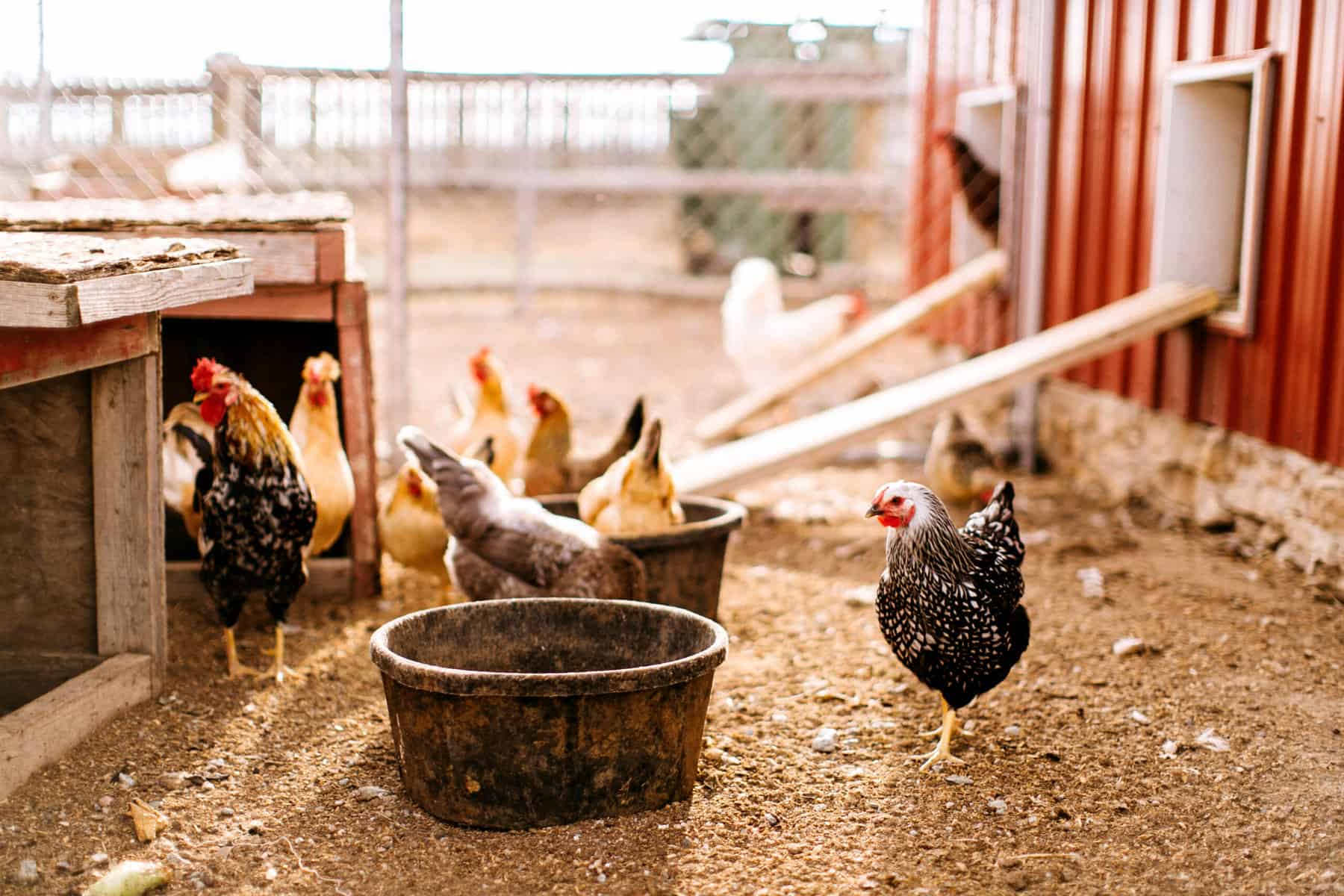
Causes of Low Egg Production in Backyard Flocks
There are many reasons, other than just the chicken feed, why your chickens might stop laying eggs, including:
- Decreased daylight: The reproductive cycle of a chicken is stimulated by light, and chickens need 14-16 hours of light each day to maintain peak egg production. In some locations during the winter months, you might see less than nine hours of light each day, which signals to the chicken’s system to cease production of those gorgeous orange-yolked eggs.
- Molting: Each year, a chicken undergoes a process of losing feathers and growing new ones. This is the molt. Generally, chickens will molt in the fall or early winter, although it can greatly vary from flock to flock. As you can imagine, it’s a pretty big deal to grow a new set of feathers, (feathers are made of almost pure protein), so it totally makes sense why a chicken would stop laying during the molting period. Their body needs to spend its resources on feather production, not egg production.
- Temperature changes: Drastic drops in temperature may play a small role in decreased egg production, so don’t be surprised if a heavy-duty cold snap throw your flock into an eggless state as well.
- Age: The optimal age for egg production is between 6 months and 2 years old. If your chickens are older than 2 years old, you’ll likely start seeing a decrease in egg production.
- Stress: If your chickens have a stressful environment, this can cause them to stop producing eggs. So try to reduce any stresses in your chicken’s life. For example, train your dog to be chicken-friendly (here are my tips for training chicken-friendly dogs). If you have issues with predators, consider fixing your chicken coop and possibly adding a chicken run. Introducing new flock members to your existing flock can also cause stress and will impact egg production.
- Nesting Boxes: Chickens sometimes refuse to lay as many eggs if they do not feel like they have a safe and/or comfortable play to lay eggs. Learn more about nesting boxes in this article.
- Sickness: If your flock has been suffering from parasites, dehydration, or any other illnesses, they won’t lay well.
- Boredom: If your chickens are overly bored, they might pick on each other, which can cause lower egg production. Make sure your chicken coop and run will give your chickens enough space and give them something to prevent boredom, like a homemade flock block.
- Nutrition: Chickens can’t produce eggs or meat for your family without the necessary nutrition in their diet to make that happen.
It is important that the nutritional needs of your flock are met and exceeded if you want to get the proper amount of eggs. So now let’s take a closer look now at how to meet the nutritional needs of your chickens.
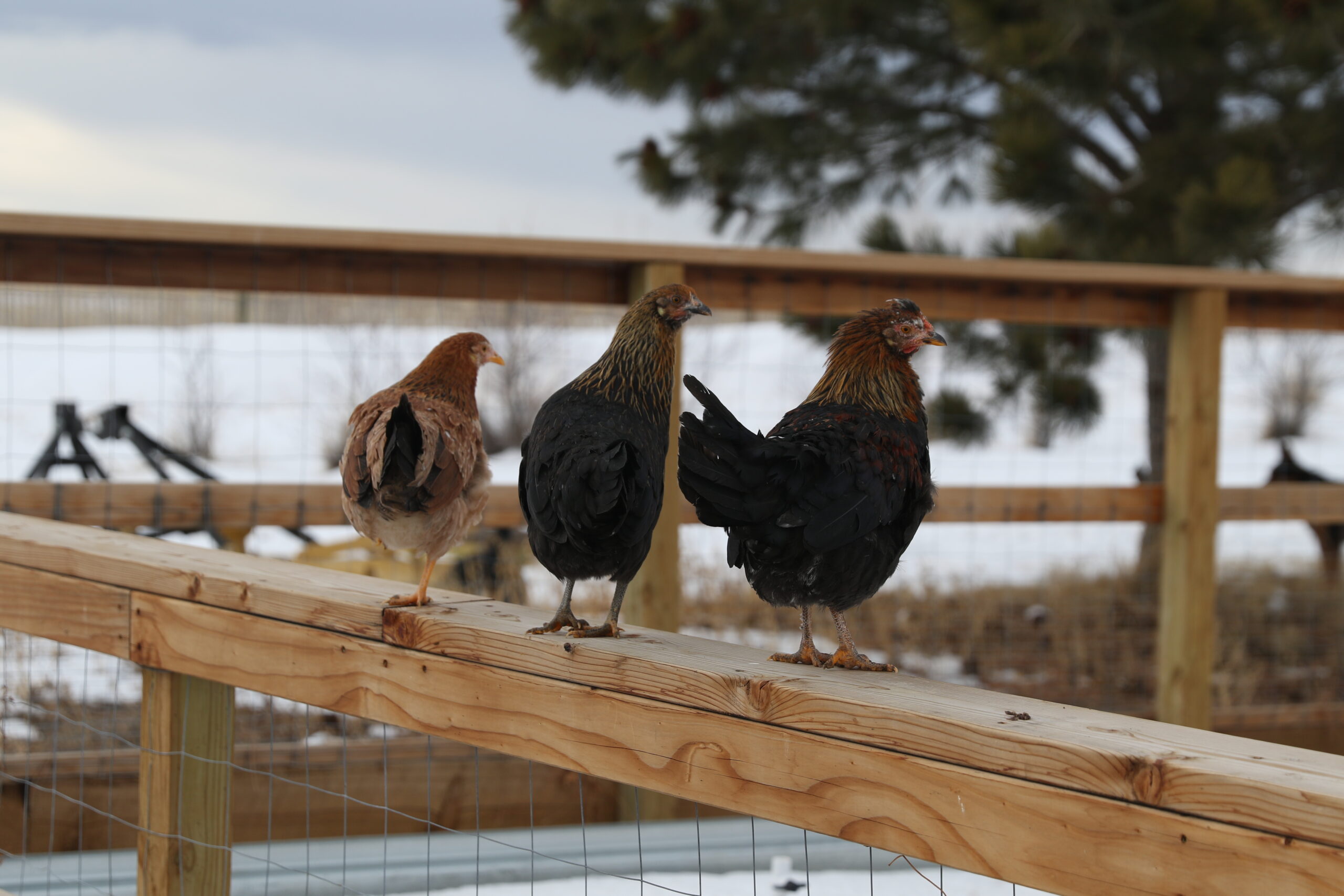
Nutritional Needs of Egg Layers Vs. Broiler Chickens
The basic nutritional components that chickens need to thrive are quite simple when you break it down:
- Protein
- Fats
- Carbs
- Vitamins & Minerals
- Grit
- Water
However, it’s important to note that there are major differences not only in breeds of chickens, but especially in types of chickens. Broiler chickens specifically bred and designed to grow rapidly have very specific (high) protein needs. If they’re not fed a regular diet that need these needs, they’ll be stunted and not grow well.
For the purposes of this article, we’re going to focus heavily on backyard egg laying flocks rather than meat chickens.
That’s a topic for another day (but you get some tips by reading my tutorial here about Raising Meat Chickens).
As an example, egg layers usually need around 16-18% protein in their ration, while broilers need closer to 20-22% protein to grow correctly and maintain their muscle mass.
If you are interested in the full scientific explanation of the nutrients in chicken feed the following articles are very helpful.
Chicken Feed Nutrient Articles:
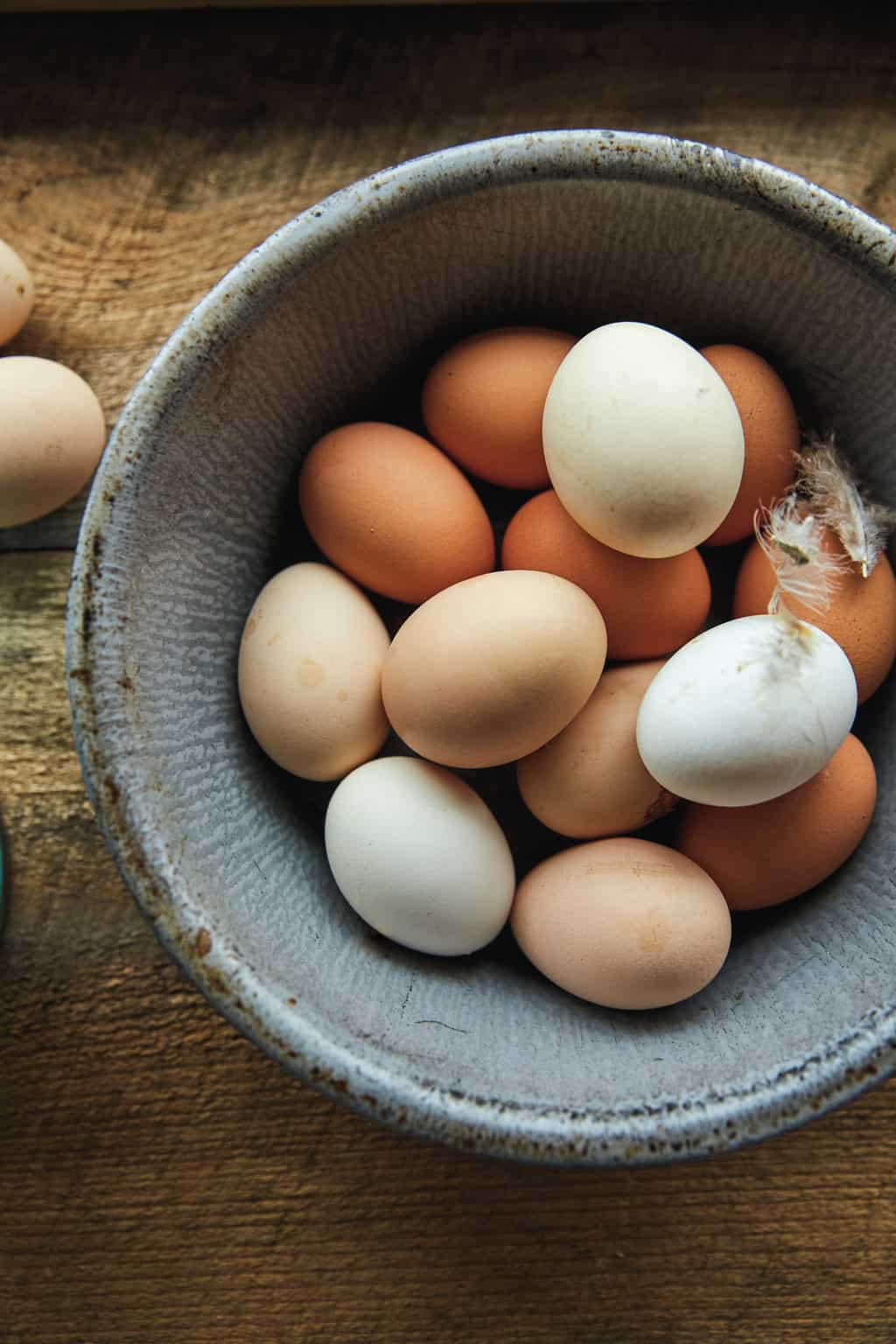
What’s in Commercial Chicken Feed?
There are three main components in specially formulated chicken feed from the store:
1) Grains (barley, wheat, sorghum, corn, etc.) which make up about 70% of the overall ration.
2) Protein (oilseed meals or meat & bone meals) which makes up about 20% of the ration.
3) Vitamins & Minerals (amino acids and other nutritional additives) which makes up the remaining 10% of the ration.
Since chickens are naturally omniverses, feed is formulated to meet those needs, which is why grains and proteins are needed.
What to Look for in a Pre-Mixed Commercial Chicken Feed
If you suspect your pre-mixed ration isn’t fulfilling your flock’s needs, the first thing you should try is switching it up with other brands, mixes, or even make your own and watch for changed in production, weight & feathers, and your flock’s overall health.
Pay attention to your commercial chicken feed (both the ingredient label and the appearance of the feed) so that you get the best option for your budget.
Here’s a quick look at some of the things to look out for in your chicken feed:
- Corn: while corn isn’t actually bad for chickens, it’s mainly just empty calories. It’s a cheap filler ingredient that shouldn’t make up too high of a percentage of your pre-mixed feed. If corn is a really high percentage of the ingredients in your feed, then chances are your flock might be missing key nutrients.
- Soy: this just isn’t the best protein option for birds. There are many better options out there including: peas, grubs, certain grains, and black soldier flies. It’s not the end of the world if your pre-mixed ration includes some soy, but it’s not the ideal protein source for chickens. Like corn, soy is just a cheap filler option for commercial feed manufactures.
- Complete/Balanced: if your mix says these words, that means that the ration should be all your chickens need to thrive. It should meet all of their daily nutritional requirements without the need to supplement or offer additional minerals.
- Moisture: this is an important thing to look for in your feed to make sure you’re getting the most bang for your buck. If your feed is too high in moisture, not only will it not keep well, but you’re also paying more than you need to for excess water weight.
One major bonus to premixed feeds (if they’re sold in pellet form) is that your flock has no choice but to eat the whole ration in every bite. Homemade chicken feed mixes tend to leave room for chickens to pick through and eat what they want and leave what they don’t, which can not only waste money, but also can leave your flock deprived of valuable minerals.
What’s in Homemade Chicken Feed?
Homemade chicken feed has to be cheaper, right? Eh, maybe. But don’t count on it.
In fact, more often than not, by the time you hunt down all the (semi-strange) ingredients you need to build a good homemade chicken feed, it’ll actually cost you more… And if you want to keep your flock healthy and producing well, you must make sure you are feeding them with the proper balance of protein, energy, and nutrients.
My homemade chicken feed recipe & tutorial covers more of the important nutritional details about how to make your own chicken food, but this is the basic formula:
- 30% Wheat
- 30% Corn
- 20% Peas
- 10% Oats
- 10% Fish Meal
- 2% Poultry Nutri–Balancer
- Free-Choice Kelp
- Free-Choice Aragonite
This particular homemade chicken feed recipe is great because it is a flexible chicken feed formula, so you can make a small amount or a large amount. Get the details for this homemade chicken feed recipe here.
Chicken Feed Note: There are websites/books/etc. that turn feeding chickens into rocket science. Admittedly, you DO need to be careful in how you are balancing rations. However, I always go back to the fact that great-Grandma was keeping her flock productive long before there were shiny bags of “Chicken Chow” at the feed store. I do hesitate to overcomplicate the matter.
Also keep in mind that feeding your flock fresh kitchen scraps will add lots of nutrients to their diet as well. Fresh greens help supply vitamins; leftover meat products provide a protein boost; and dried egg shells provide calcium.
While these are great supplements, it’s still super important to make sure your flock is getting a daily dose of everything they need in their regular ration.
If you’re looking for a good source for the ingredients to make your own chicken feed mix, check to see if there’s an Azure Standard drop in your area. Azure sells pre-mixed chicken feed as well.
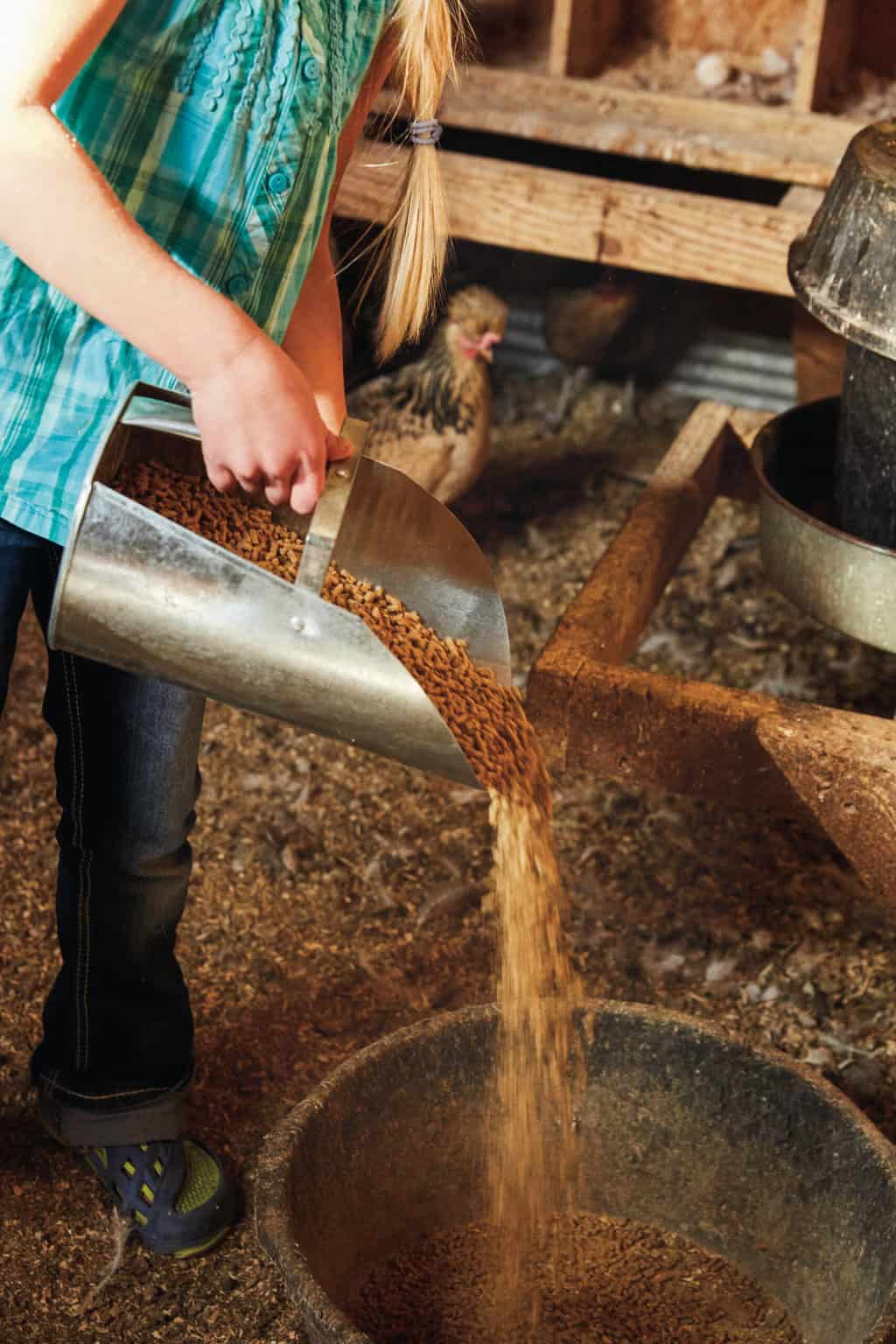
How to Make Sure Your Chicken Flock Gets the Nutrients They Need
There are plenty of supplements you can offer your chickens if you’re worried they’re not getting what they need through their chicken feed. Supplementing their diet can help boost egg production as well as their overall health.
–> Try your hand at making homemade suet cakes to boost your flock’s fat and protein intake, especially helpful in the winter!
–> Feed your flock back their own egg shells.
–> Try offering your flock free-choice kelp for a vitamin boost.
–> Let your flock roam! Or try chicken tractors. Allowing your flock to naturally forge allows them to find fresh greens, grubs, and all sorts of good things that will boost their nutrition.
–> Grow herbs for your flock either for them to eat or to use in their nesting boxes. Herbs can help your chickens meet their nutritional needs, keep their coop clean and fresh, encourage egg production, and more.
–> Make a DIY Flock Block. Not only does this keep your flock happy and busy, but it also offers a nutritious boost.
–> Feed them your kitchen scraps. They can get some extra nutrition boosts to their diet from your kitchen scraps. I keep a bucket right on my kitchen counter and continually toss scraps in it while I’m cooking. Things like leftover rice, tomato ends, carrot peelings, and even leftover popcorn ends up there. Here’s a list of the few foods you should avoid feeding your chickens.
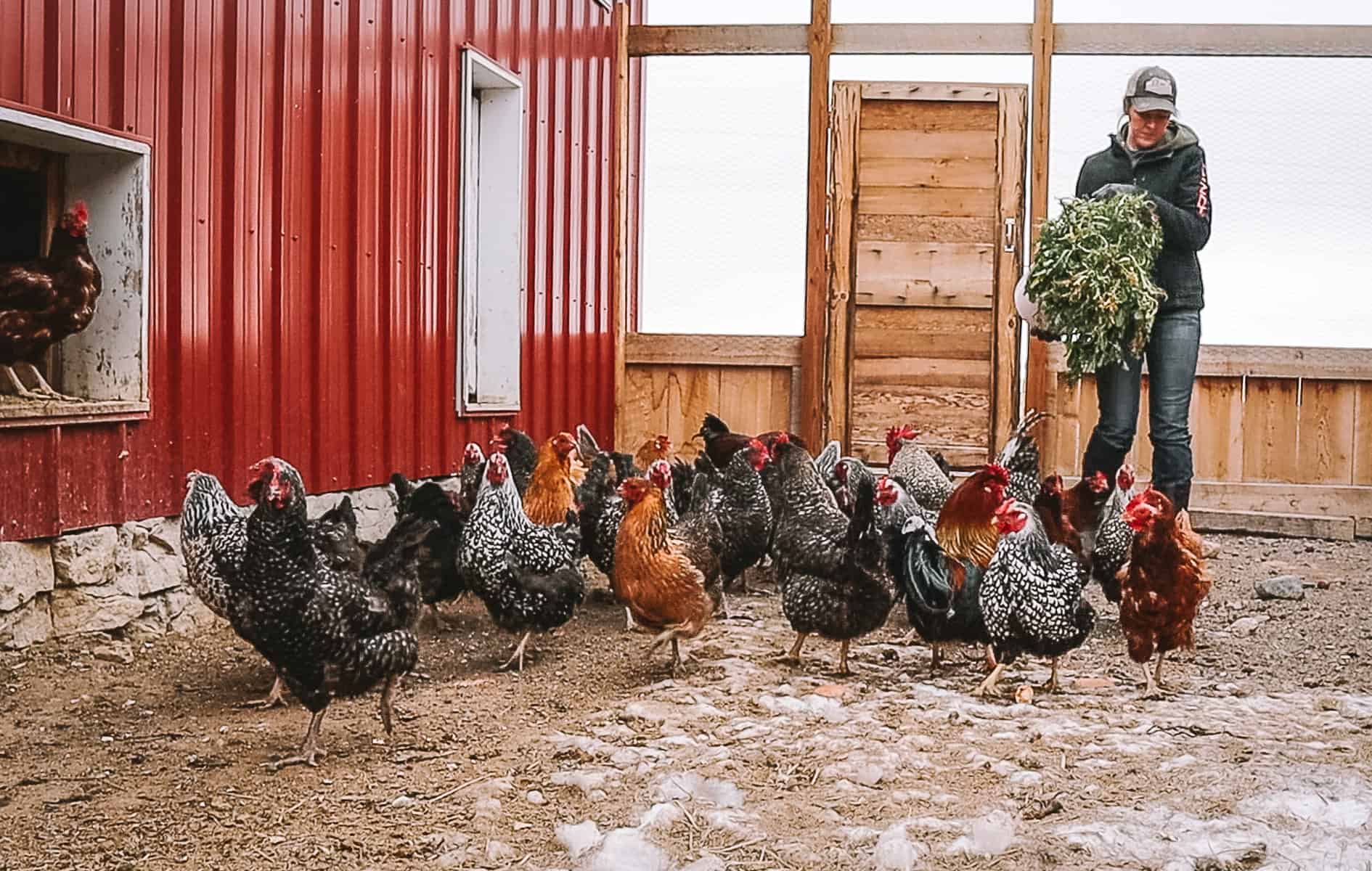
Simple Ways to Boost Egg Production Naturally
- Listen to this podcast episode all about troubleshooting details on why your flock isn’t laying.
- Try feeding your flock cat food. I know this sounds really strange, but often the extra boost of protein found in cat food can help boost production. Just a sprinkle of cat food every few days can work wonders, especially in the winter.
- Consider using heat lamps. This is a controversial topic, though, so make sure you read my Heat Lamps for Chickens post for more details on the pros and cons of using heat lamps.
- Consider using supplemental lighting. This is also a controversial subject, so read more here about the Pros and Cons on Supplemental Lighting in the Chicken Coop.
- Try these strategies to keep your chickens warm in the winter. Cold chickens = less eggs.
- Choose the right breeds. Some chickens are bred to be cold-hearty and thrive in colder, harsher environments, while some are bred for production with little regard to climate. Choose your breeds wisely.
- Remove or reduce external stressors from your bird’s lives. Stressed birds don’t lay well.
- Give ’em a cozy place to lay their eggs. I know it sounds a little weird, but happy chickens lay more eggs. If you have too few nesting boxes and your hens are constantly fighting over them, chances are that their egg production will go down.
- Try offering your flock free-choice grit. Some people swear production goes up when chickens have easy access to grit. Grit is often harder for chickens to find on their own in the winter, especially if the ground is covered in snow.
The Conclusion
There are a million + 1 reasons why your chickens might not be laying well this year, so make sure you do your detective work and pay attention to the details of your personal flock (the coop design, their age, time of year, etc.) as well as ALL the food you are feeding your chickens.
If you think that it is your chicken feed causing the problem, adjust accordingly and/or offer supplements to make up for what your flock is missing. However, I would venture to say that even if your feed ration isn’t ideal, there are some other adjustments you could make to help with production and the health of your flock as well.
>> Don’t just assume that only one thing is causing your production issues.
After a few years of raising laying hens, I finally realized that I needed to see eggs as a seasonal food. This is an obvious concept when you’re growing fruits and vegetables, but can be harder to grasp when it comes to other food products, as we are accustomed to having them available 24/7 at the grocery store. As we’ve amped up our personal food production efforts, it’s become increasingly clear to me that milk and eggs are just as seasonal as corn and beans. It’s OK to have times of the year when we don’t eat scrambled eggs 4x per week.
Sometimes I still get a few eggs per week during the winter, and other times I get none, but I adjust my cooking as needed and we always survive until laying picks up again in the spring.
If you’re still struggling a bit at the thought of being eggless, here are a few strategies to soften the blow:
- Eat fewer eggs: This one is obvious, but I’ve found we really can survive on fewer eggs for a portion of the year, and nothing terrible happens. And then of course, we glut on omelets, custards, crepes, and fried eggs when the hens are laying heavily. It’s a happy trade-off.
- Preserve eggs during peak production times: Just in case you’re interested, here is my tutorial on how to freeze eggs and here’s my tutorial on how to water-glass eggs. We recently started eating our water-glassed eggs from over 6 months ago and they worked great.
- Find a local source for a few months: For a variety of reasons (listed in this article), your chickens might slow down for a few weeks while a neighbor’s chickens might be still giving a decent amount of eggs. It’s always a great idea to support local food sources and also support building a solid homesteading community by purchasing or trading with each other.
More Chicken Resources:
- Beginner’s Guide to Raising Laying Hens
- Chicken Coop Guide
- The Truth About Chickens in the Garden (podcast episode)
- 20 Ways to Save Money on Chicken Feed
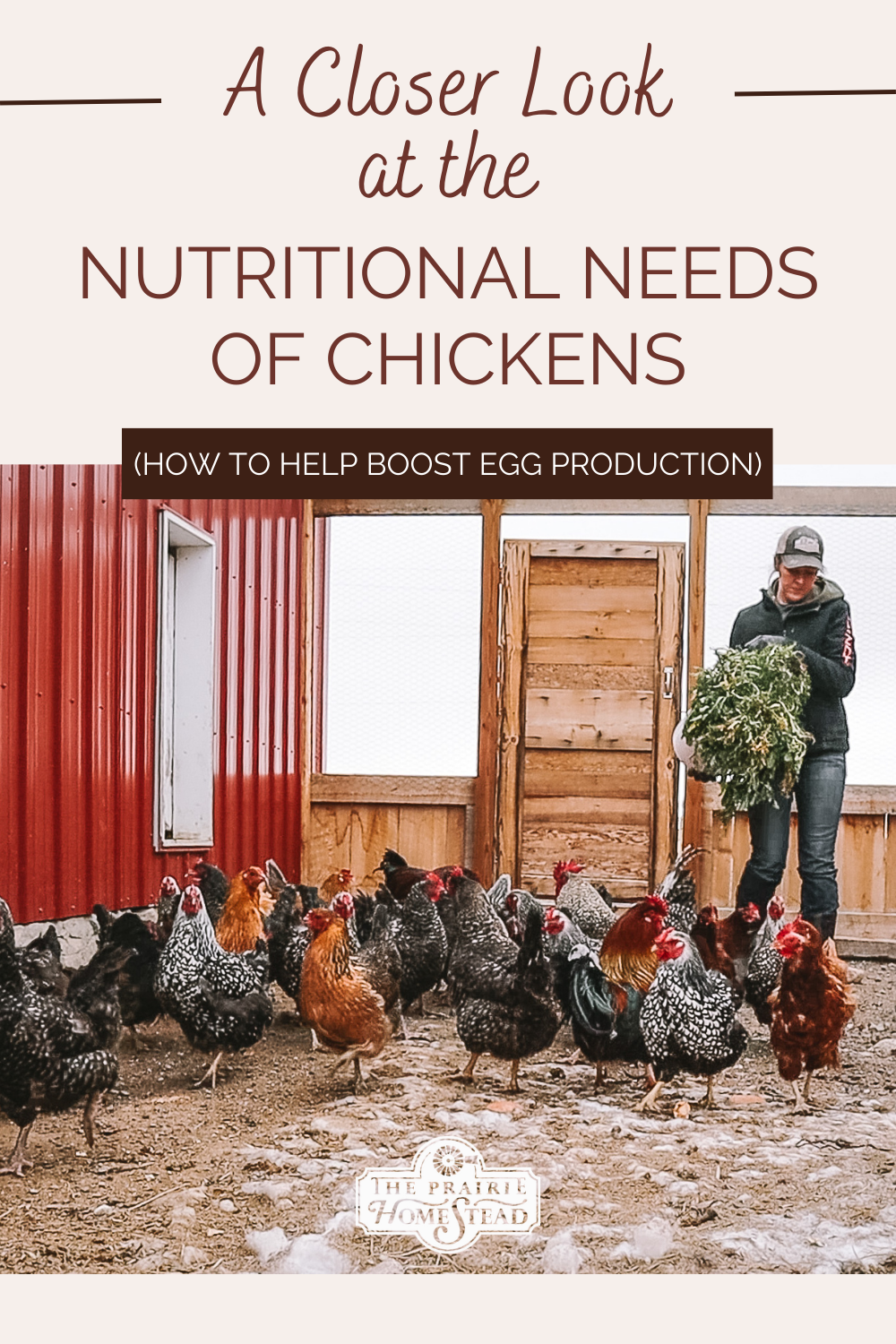
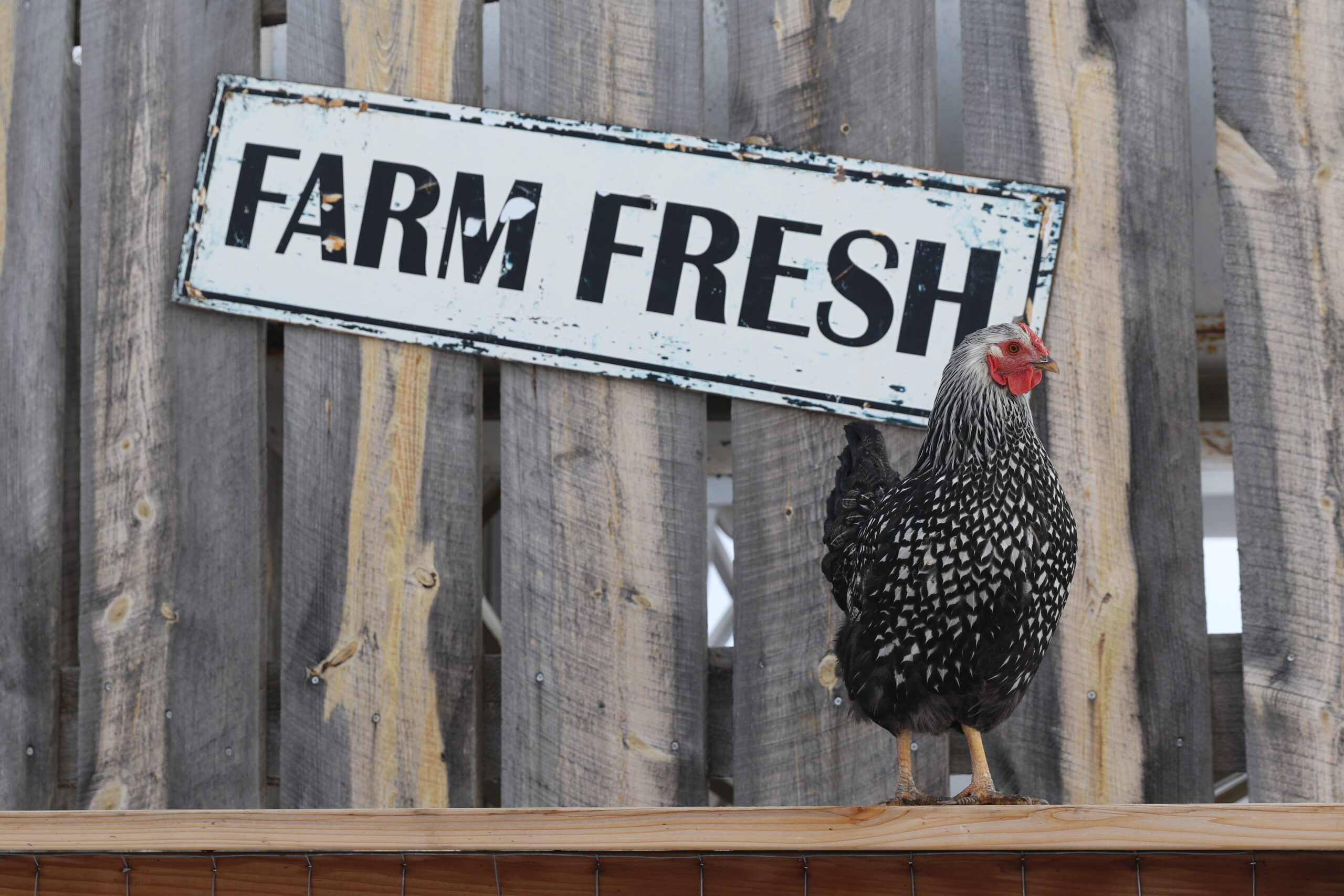

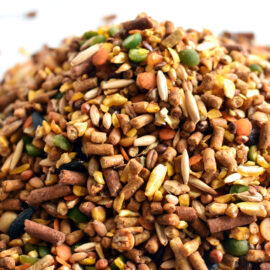
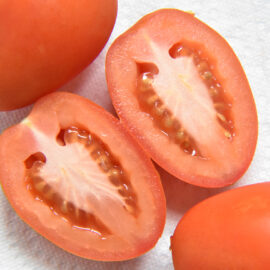
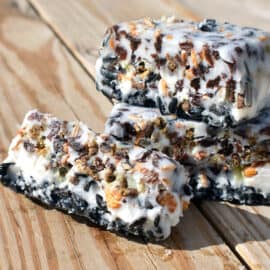
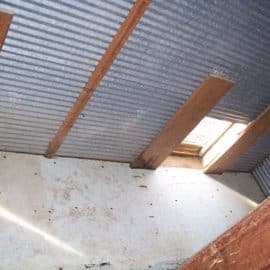
I was doing a little research on bee keeping, when your blog popped up. It was a post from 2014. I don’t know if you are still raising bees, but I thought I’d share this article on breakthroughs in bee research. There is hope for our winged pollinators. https://universe.byu.edu/2016/05/06/byus-bee-team-successfully-treats-honeybee-loss1/
I have 4 chickens. 2 Rhode Island reds and 2 ameraucanas. They all have been raised since chicks and all but 1 seem to hate me but that’s beside the point. They are almost four years old and have all usually Iaid very well and regularly. Well, about 6 months ago the 2 Easter eggers stopped laying. The Reds were fine but I figured they all just hated the coop they were in. Glad I ran across this article. I hope everything will turn out just fine.
Funny you mention cat food. When my cats don’t finish their dry food after a day or so, the leftover dry cat food goes into the chicken scrap bowl. Mine are 3 years old and have always laid wonderfully.
Great article, thank you! We are heading into winter in Australia, so our egg production has dropped. We give our chooks kitchen scraps as well as a chicken forage seed mix that we grow for them – but I will give the kelp a try!